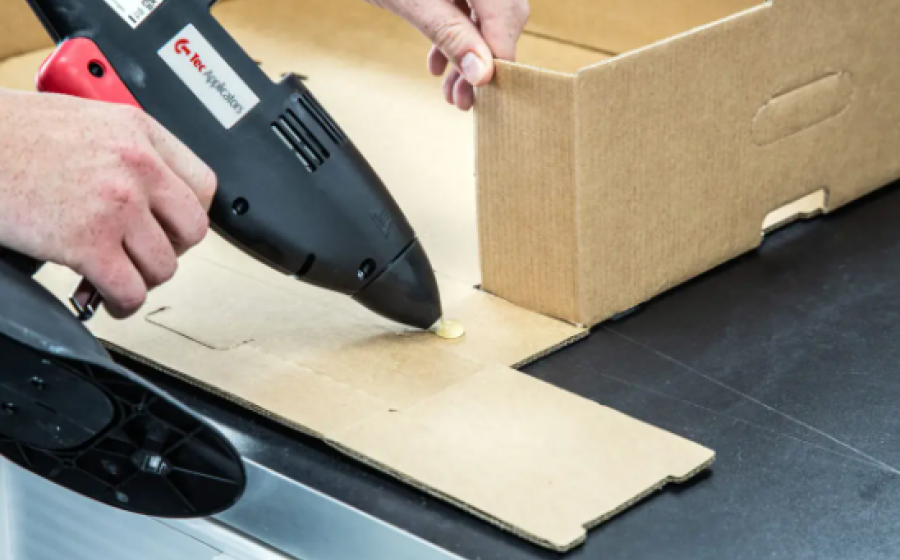
A Greener Bond: How Power Adhesives’ Biodegradable Hot Melts Are Shaping Sustainable Packaging
In the race to create a more sustainable packaging industry, every innovation counts. One of the latest, and arguably most impactful, comes from Power Adhesives, a leader in hot melt adhesive technology. As converters and brands increasingly seek solutions that shrink their carbon footprints, biodegradable hot melt adhesives are stepping into the spotlight as an essential ingredient for eco-friendly packaging.
Leading this charge is Power Adhesives’ Tecbond range — most notably, Tecbond 214B and the newly launched Tecbond 110B-PR — both designed to help the Paper & Board sector meet its environmental goals without compromising on performance.
Biodegradable Adhesives: Why They Matter Now More Than Ever
With environmental regulations tightening and consumer expectations shifting, the packaging industry is under pressure to innovate. Enter Tecbond 214B: the world’s first fully certified biodegradable hot melt adhesive. Crafted from 45% bio-based materials, Tecbond 214B meets globally recognized standards like ASTM D6400 and EN13432, ensuring it can safely biodegrade and even compost after use.
But Tecbond 214B isn’t just about going green — it’s about staying strong. The adhesive delivers the same high bond strength and fast setting time converters expect from traditional hot melts, while offering peace of mind with certifications for indirect food contact. From wrap-around cartons to shipping boxes, it’s proving that sustainable choices can also be smart business decisions.
Efficiency Meets Eco-Friendliness with Tecbond 110B-PR
Power Adhesives’ latest innovation, Tecbond 110B-PR, takes things a step further. Specially engineered for high-speed packaging lines like case sealing and carton closing, this adhesive combines biodegradability with energy-saving benefits. Thanks to its low-viscosity formulation, Tecbond 110B-PR can be applied at lower temperatures — allowing packaging operations to cut energy use and costs, all while reducing their carbon footprint.
How Do These Biodegradable Hot Melts Actually Work?
The magic lies in the adhesive’s chemical structure. Once Tecbond adhesives have fulfilled their purpose on packaging lines, they begin to degrade naturally. Exposure to oxygen, UV light, and heat triggers a breakdown of the polymer chains, enabling microorganisms to fully consume the material. The result? No toxic residues or microplastics — just a clean return to nature.
By aligning with the principles of a circular economy, these adhesives offer converters a powerful tool to reduce waste and support environmental responsibility, without compromising packaging integrity.
Looking Ahead: The Future of Sustainable Bonding
Power Adhesives isn’t stopping here. With more biodegradable hot melt launches slated for 2025, the company is setting a new benchmark for sustainability in the adhesives market. Its mission is clear — to help converters and brands tackle some of the packaging industry’s toughest challenges, while building a greener, more circular future.
In short, Power Adhesives’ Tecbond range is more than a product line — it’s a statement. A commitment to making packaging functional, efficient, and above all, sustainable.


